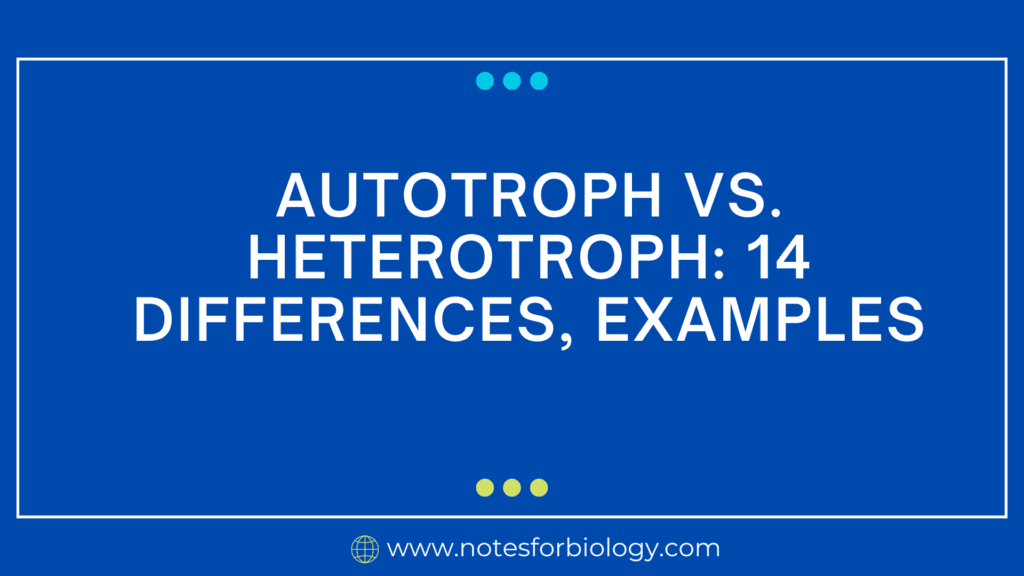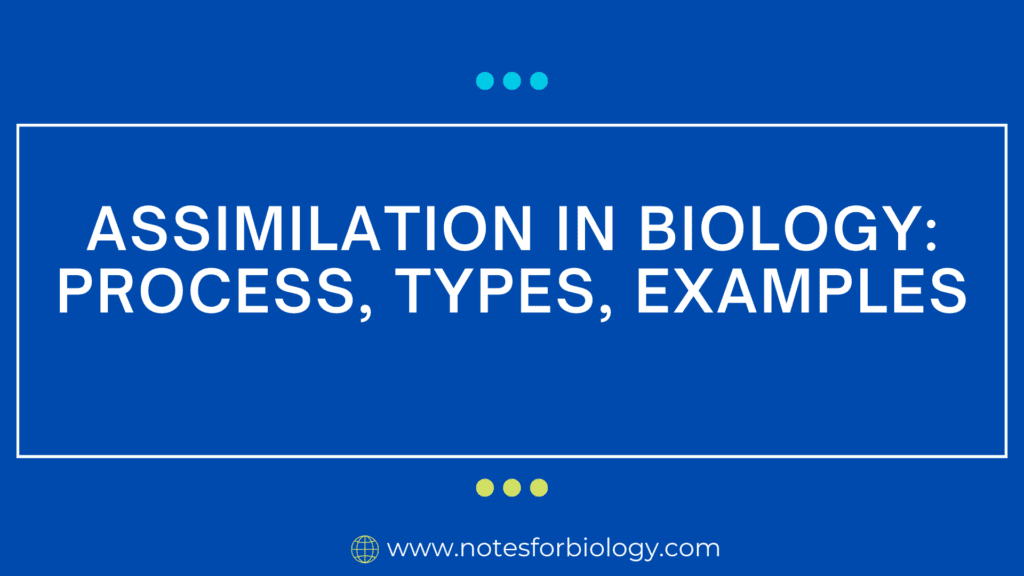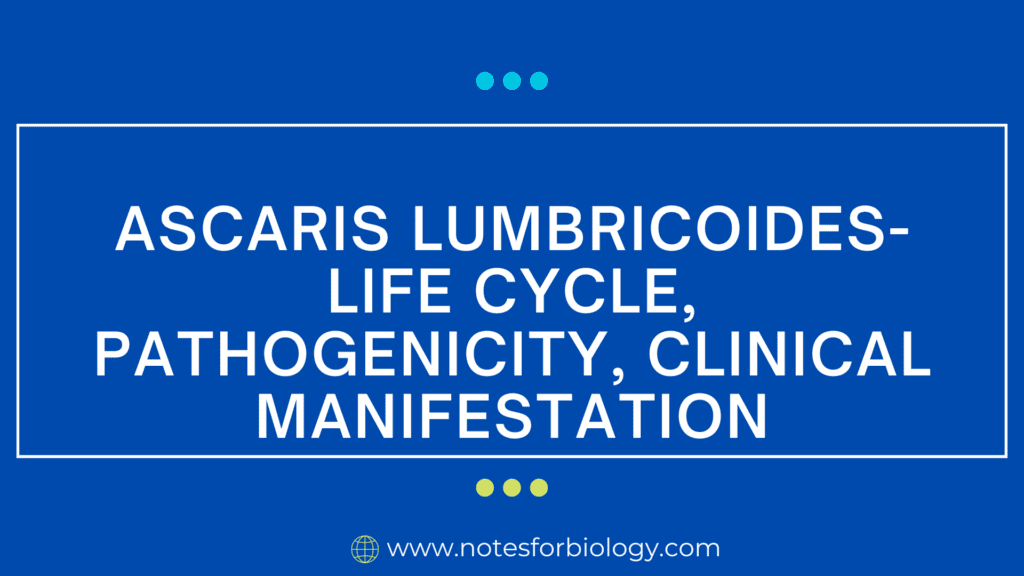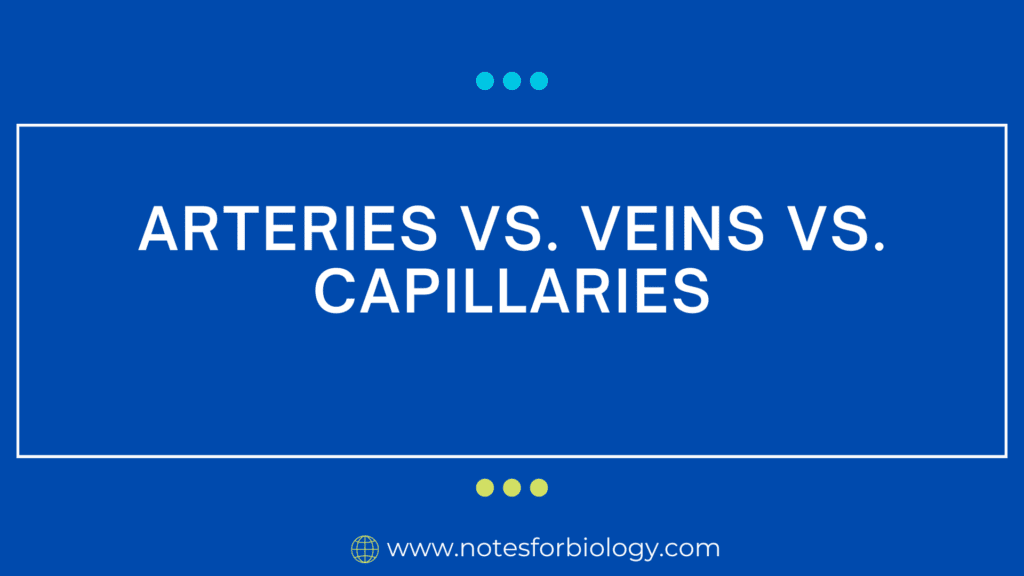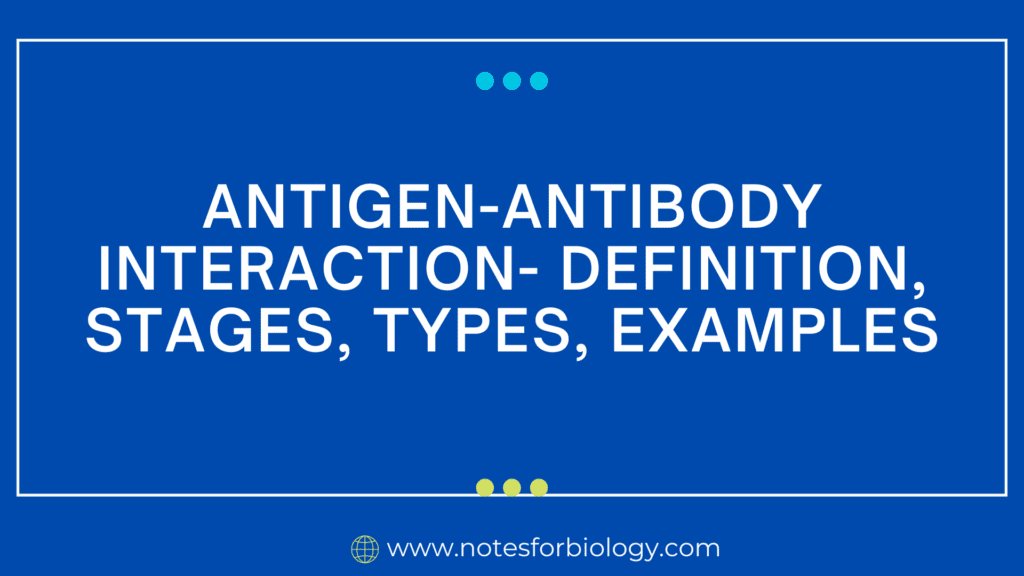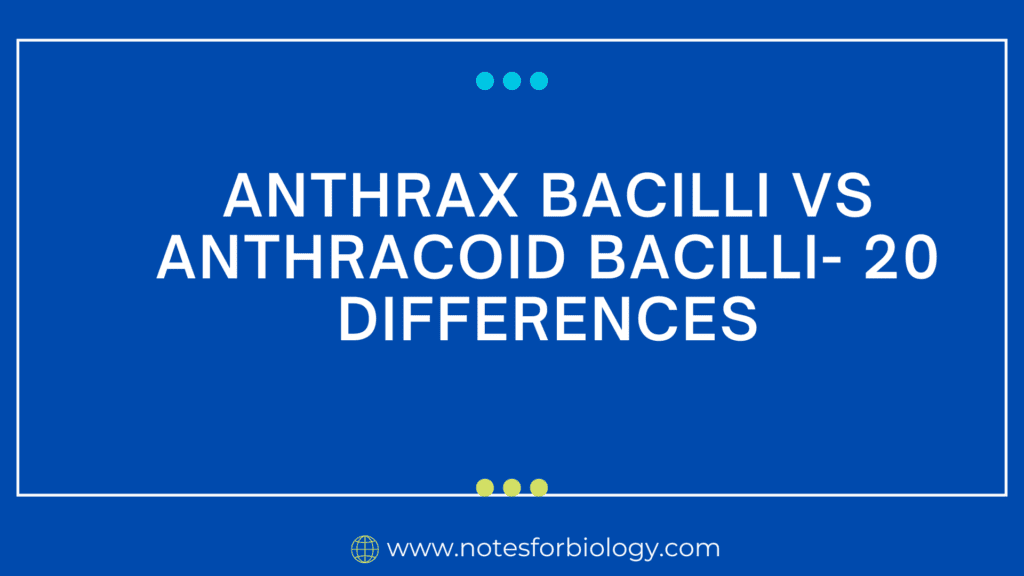Bacteriophage- Definition, Structure, Life Cycles, Applications, Phage Therapy
Bacteriophages act an important role in bacterial ecology, evolution, and biotechnology. They can alter bacterial populations by triggering host cell lysis, which affects the dynamics of the microbial community. Bacteriophages have also been explored and used in a variety of biotechnological applications, such as phage treatment to treat bacterial infections and phage display for protein […]
Bacteriophage- Definition, Structure, Life Cycles, Applications, Phage Therapy Read More »




